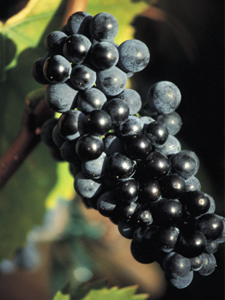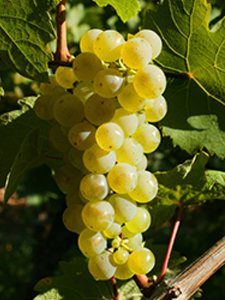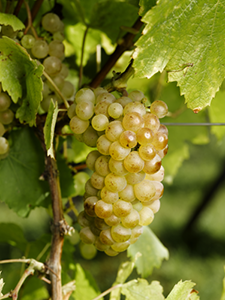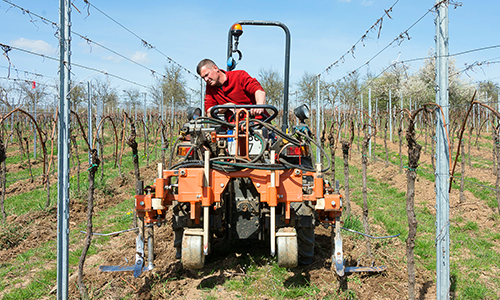Soils
Hillsides of Rosheim are mainly made of clay and limestone, however, the soil has some particularities: in certain places, the soil is more stony, powerful and deep. We’re playing with those particularities to get a greater complexity for our wines.
Cépage of the domain
At the beginning of the first millennium, Romans introduced viticulture in Alsace. It flourished until the 30-years war (1618 – 1648), which ruined the Land. The new rise of viticulture in Alsace starts after the end of the 1st World War, and will never stop increases it’s quality. Unlike any other French vineyards, which take their name from the terroir where they are created, Alsatian wines are named according to the cépage they are made of. They are all labelled “appellation d’origine controlée”- Sylvaner
- Muscat
- Pinot noir
- Pinot gris
- Gewurztraminer
- Riesling
- Auxerrois
The “Cuvées Vieillies en Fûts de Chêne” rest for a minimum of twelve months in Bourgogne tanks (225 liters). Those tanks are made oak from Vosges Mountains. It allows the wines to become “wooded”, elegant, and complex.
The “Crémant d’Alsace” comes from the traditional method and is made with a “Pinot Noir” or a “Chardonnay”. It is served cold: about 5 to 7° C. This sparkling wine offers a lot of freshness and is little bit fruity. With its light foam and its gilded dress, the “Crémant d’Alsace” is perfect for your receptions and cocktails.
Photographs : ©ZVARDON-ConseilVinsAlsace, ©SPACH-ConseilVinsAlsace, ©BOUARD-ConseilVinsAlsace
Vine work
Vine requires a lot of attention and work during the whole year. A rigorous and regular study is the key to get the best grape.Winter and spring works :
Vine cutting, preparation, “vine arching”.
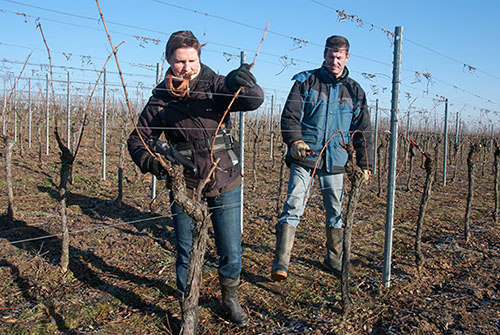
Vine arching
Spring and summer works :
Destruction of dead woods and leaf removal: those activities allow us to reduce a lot the treatment (even if they’re natural).Ground work:
Intercep and Actisol tools are used to ventilate the soil and skip the weeding activity. We cover soils with a special grass to structure it.Of course, grape harvest is done manually.
- Intercep tool
- Mustard and other plants fields between vines






